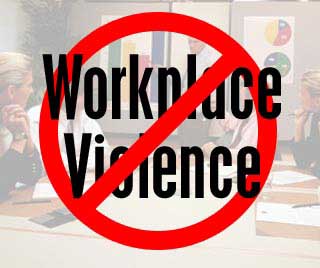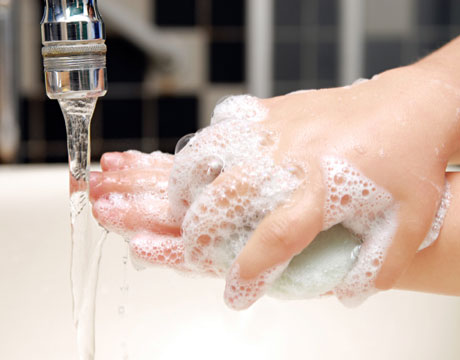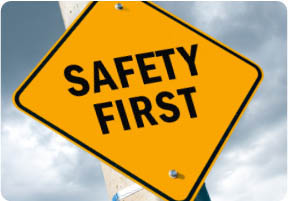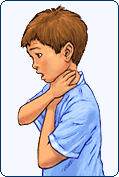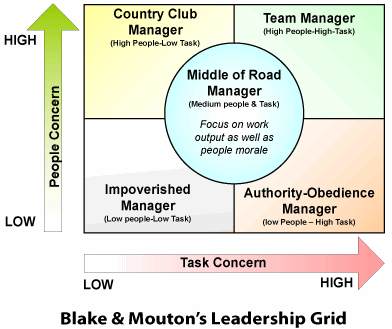 If you are hosting a New Year’s Eve party, following a few simple rules could prevent a tragedy:
If you are hosting a New Year’s Eve party, following a few simple rules could prevent a tragedy:
- Plan ahead by naming a “designated driver.” Make this your responsibility as the host.
- Contact a local cab company to provide rides for your guests.
- Serve non-alcoholic beverages as an option to your guests.
- Stop serving alcohol to your guests several hours before the party ends.
- Provide your guests with a place to stay overnight in your home.
- If you are attending New Year’s Eve parties and celebrations:
- If you drink, don’t drive.
- Plan ahead and always designate a sober driver before the party or celebration begins.
- If you are impaired, call a taxi, use mass transit, or get a sober friend or family member to come pick you up.
- Or, stay where you are until you are sober.
- Take the keys from someone if you think he/she is too impaired to drive.

